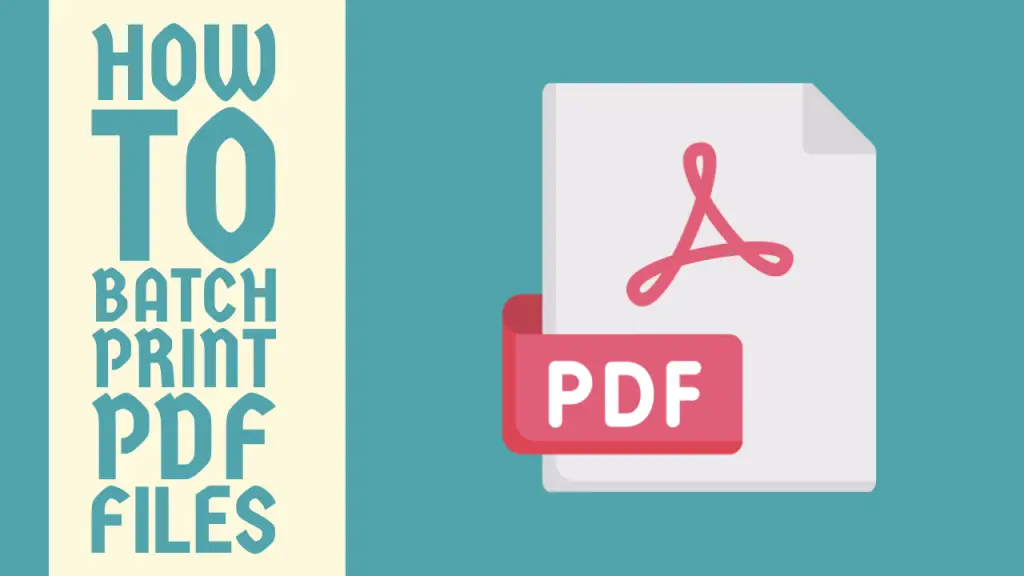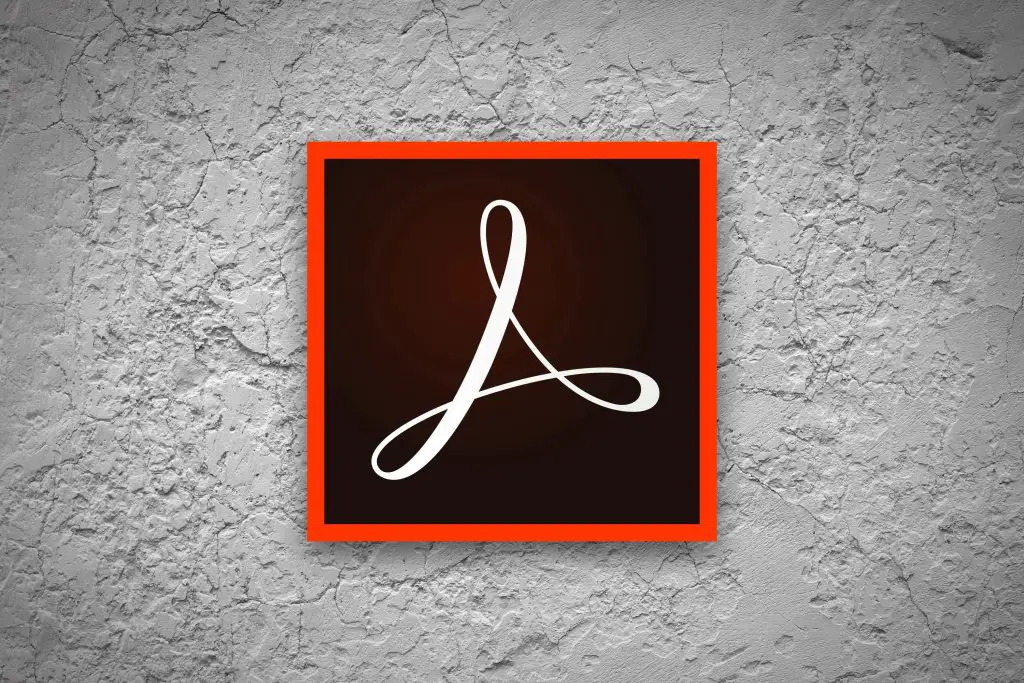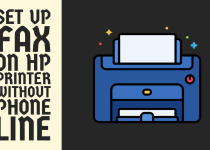How to Batch Print PDF Files – 3 Easy Ways to Follow
In today’s digital workplace, efficiently managing document printing operations can significantly impact productivity. Batch printing PDF files—the ability to print multiple PDF documents simultaneously—is a crucial skill for professionals handling large volumes of documents.
While seemingly straightforward, batch printing requires understanding various methods and tools to execute it effectively. This comprehensive guide explores multiple approaches to batch printing PDFs, from built-in operating system features to specialized software solutions.
How to Batch Print PDF Files

Before diving into specific methods, it’s essential to understand that batch printing capabilities depend on several factors: your operating system, available software, printer specifications, and document properties. Proper preparation ensures smoother execution and helps avoid common printing errors that could waste time and resources.
Method 1: Using Adobe Acrobat DC

Step 1: Organizing Your PDF Files
Begin by creating a dedicated folder specifically for the PDF files that need printing. This organizational step is crucial for maintaining efficiency and preventing confusion during the batch printing process.
Ensure that all your files are readily accessible and not protected by passwords, as this could interrupt the printing process. Additionally, take a moment to verify that none of your files are corrupted or damaged, as this could cause the entire batch process to fail.
Step 2: Launching Batch Print Assistant
To initiate the batch printing process, open Adobe Acrobat DC on your computer. Navigate through the menu by clicking on File, then Print Production, and finally select Batch Print from the available options.
Once in the batch print window, you can add your PDF files by clicking the “Add Files” button and selecting your documents. For easier file selection, you can also utilize the drag-and-drop functionality to move your files directly into the batch print window.
Step 3: Configuring Print Settings
In this crucial step, carefully select your output printer from the available devices. You’ll need to specify your desired print range, whether you want to print all pages or specific page ranges from each document.
Configure essential settings such as paper size and orientation to ensure proper output formatting. Determine the number of copies needed for each document, and adjust additional settings like color/monochrome printing and paper tray selection based on your specific requirements.
Step 4: Executing the Batch Print
Before initiating the printing process, thoroughly review all selected files and their corresponding print settings to ensure accuracy.
Once satisfied with your configuration, click the “OK” button to begin the batch printing process. Keep an eye on the print queue to monitor the progress of your print jobs and ensure everything proceeds smoothly.
Related Guide: How to Print Zip Files
Method 2: Command Line Printing (Windows)

Step 1: Preparing Command Prompt
Begin by accessing the Command Prompt on your Windows system. Press the Windows key and R simultaneously to open the Run dialog, then type “cmd” and press Enter.
Once the Command Prompt opens, use the ‘cd’ command to navigate to the folder containing your PDF files. This step ensures you’re working in the correct directory for the batch printing process.
Step 2: Using Print Command
With the Command Prompt ready, you’ll need to enter the specific command that initiates batch printing. Type the command: “for %f in (*.pdf) do (print /d:\”PRINTER_NAME\” “%f”)” into the prompt, making sure to replace PRINTER_NAME with the exact name of your printer as it appears in your system.
This command tells Windows to cycle through all PDF files in the current directory and send them to the specified printer. Press Enter to execute the command and begin the printing process.
Step 3: Monitoring Progress
As the batch printing proceeds, carefully observe the Command Prompt output for any success or failure messages that might indicate issues with specific files. Keep an eye on your printer queue to monitor active jobs and their progress.
Once the process completes, take time to verify the printed documents for quality and accuracy, ensuring all pages printed as expected.
Related Guide: How to Connect Canon TS3522 Printer to WiFi
Method 3: Using PDF Print Management Software

Step 1: Selecting Appropriate Software
When choosing PDF print management software, consider solutions that align with your specific needs. Look for software that offers robust queue management capabilities to handle large batches of documents efficiently.
Consider features such as print scheduling for organizing print jobs during off-peak hours, comprehensive error handling to address issues promptly, and preview capabilities to ensure document accuracy before printing.
Step 2: Installing and Configuring
After selecting your preferred software, proceed with downloading and completing the installation process according to the provider’s instructions.
Take time to configure your default printer settings within the software interface, ensuring they match your requirements. Set up output preferences such as paper handling, quality settings, and any specific formatting needs your documents may have.
Step 3: Adding Files for Batch Processing
Within your chosen software interface, import the PDF files you wish to print. Take advantage of the software’s organization features to arrange documents in your preferred printing order.
If your software supports it, apply any batch-specific settings that might be necessary for your current printing task, such as watermarks, paper size adjustments, or quality settings that apply to all documents in the batch.
Step 4: Executing and Managing Print Jobs
When you’re ready to begin printing, initiate the batch process through your software’s interface. Keep track of the printing progress using the software’s monitoring tools, which typically provide detailed status updates for each document.
Be prepared to handle any errors or interruptions that might occur during printing, using the software’s built-in troubleshooting features. Once all documents have printed, verify the completion status and check that all files processed successfully.
Conclusion
Mastering batch printing of PDF files can significantly streamline your document management workflow and boost productivity. Whether you choose Adobe Acrobat DC for its comprehensive features, command-line printing for its simplicity, or specialized PDF management software for advanced capabilities, each method offers unique advantages.
The key to successful batch printing lies in proper preparation, careful configuration, and diligent monitoring of the printing process.
By following the detailed steps outlined in this guide and choosing the method that best suits your needs, you can efficiently handle large-volume PDF printing tasks while minimizing errors and saving valuable time.
Remember to regularly maintain your printing system and keep your software updated to ensure optimal performance in your batch printing operations.
Frequently Asked Questions (FAQs)
1. How do I Print multiple PDF files at once?
To print multiple PDF files simultaneously, you can select all the desired files in your file explorer by holding Ctrl (or Command on Mac) and clicking each file. Right-click the selection and choose “Print”. Alternatively, open Adobe Reader, go to File>Print, and use the “Multiple Files” option.
For Windows users, another method is combining the PDFs into one file: select multiple PDFs, right-click, and choose “Combine files in Acrobat”. Most modern printers also offer batch printing through their printer software, where you can queue multiple files and adjust settings for all at once.
2. Can you PDF multiple documents at once?
Creating a PDF from multiple documents is a straightforward process that can be accomplished through various methods. The most professional approach is using Adobe Acrobat DC, where you can simply use the “Combine Files” tool to merge different types of files into a single PDF document.
For Microsoft Office users, you can select multiple files and use either the “Save As” function or the “Export to PDF” option in newer versions to combine documents. If you prefer web-based solutions, online tools like SmallPDF or PDF24 offer user-friendly interfaces for uploading and combining multiple documents into one PDF file.
Windows and Mac users also have built-in options. On Windows 10/11, you can select multiple files, right-click, and choose to print using Microsoft Print to PDF. Mac users can utilize the Quick Actions feature in Finder, selecting multiple files and choosing “Create PDF” to instantly combine them. Remember to arrange your documents in the desired order before merging them for the best results.
3. How do I download PDF files in bulk?
Downloading multiple PDF files simultaneously can be accomplished through several efficient methods. Most web browsers like Chrome, Firefox, or Edge allow you to hold the Ctrl key (Command on Mac) while clicking multiple PDF links, then right-click and select “Download all” or “Save all”. This built-in feature works well for basic bulk downloads.
For more advanced needs, you can use download managers like Internet Download Manager (IDM) or Free Download Manager (FDM). These tools not only organize your downloads better but also provide faster download speeds and the ability to pause and resume downloads. They can also automatically detect PDF files on a webpage.
Another option is using browser extensions specifically designed for bulk downloads. Extensions like “Bulk Download” for Chrome or “DownThemAll” for Firefox can scan web pages for PDF files and let you select which ones to download. Just be careful to download from trusted sources and scan files for safety before opening them.



